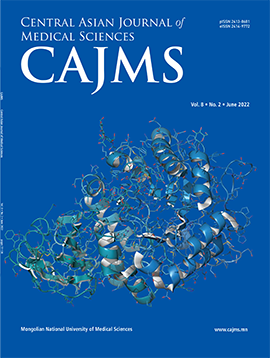Vitamin Regulation of Osteoclast Differentiation
DOI:
https://doi.org/10.24079/cajms.2020.09.002Keywords:
Osteoclast, Cell signaling, Vitamin, NFATc1Abstract
Objectives: Vitamins play critical roles in cellular metabolism, growth, and many enzymatic processes of the human body. They are also crucial in signal transduction and transcription pathways of many processes, including osteoclast differentiation. This review focused on the positive or negative effect of vitamins on osteoclast differentiation in vivo and in vitro, especially signal transduction. Methods: A systematic review of the literature regarding the contributions of the osteoclast differentiation and vitamins was performed, and the most relevant findings on the effect of vitamins on osteoclast differentiation were selected. Results: Vitamin D, E, B1, B5, B6, and B12 have mainly anti-osteoporotic effects; however, their mechanism on osteoclast differentiation and activation are variable. Vitamins A and C have been considered to activate osteoclast differentiation and function, but some report a suppressive effect on osteoclast function. Vitamin K and B2 exert an inhibitory effect on osteoclast differentiation and activation both in vitro and in vivo. In contrast, a direct action of niacin, biotin, and folic acid on osteoclast differentiation and activation remains unclear. Conclusions: Collectively, vitamins act on osteoclast differentiation and function in various ways depending on cell type, cell maturation and microenvironment
Downloads
269
Downloads
Published
How to Cite
Issue
Section
License
Copyright (c) 2020 Mongolian National University of Medical Sciences

This work is licensed under a Creative Commons Attribution-NonCommercial 4.0 International License.




